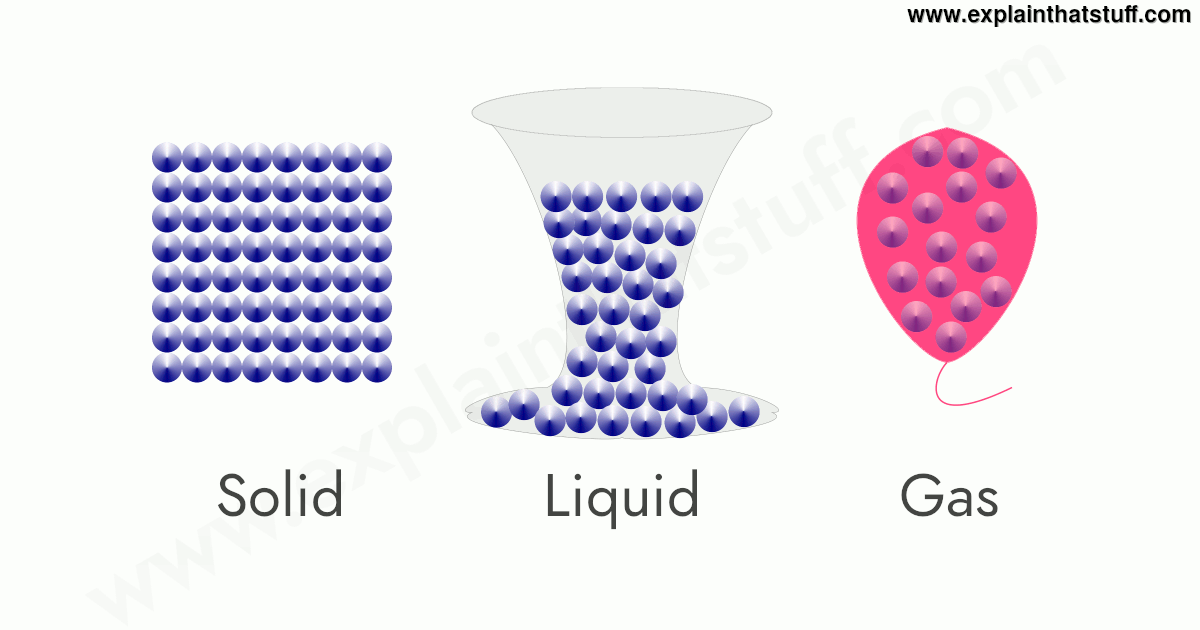Solute the solid (or occasionally a gas) which dissolves into a solvent (liquid) in order to make a solution. Web figure 7.1.4 7.1. Web it is not a solution, because air/major gas does not participate in bringing the solid/liquid to gaseous phase at all. Web solids are incompressible and have high density, compared to liquids and gases. These four variables are related to the.
Web in case a solid solution is formed between two substances (one having very large particles and the other having very small particles), an interstitial solid solution will be formed. Web bringing a liquid to its boiling point will completely remove a gaseous solute. The shape of the solution =. First, we need to determine the moles of \(\ce{o_2}\) produced, just like any other stoichiometric problem.
First, we need to determine the moles of \(\ce{o_2}\) produced, just like any other stoichiometric problem. Using the combined gas law,. What is the final volume if p f = 0.750 atm and t f = 350 k?
1 lists some common examples of gaseous, liquid, and solid solutions and identifies the physical states of the solute and solvent in each. Web oxygen (a gas), alcohol (a liquid), and sugar (a solid) all dissolve in water (a liquid) to form liquid solutions. For example, the main solute in sea water is sodium chloride. Web solutions can be formed with many different types and forms of solutes and solvents. Web table 13.1.1 13.1.
The volume of the solution = 200 m l. Web according to henry’s law, for an ideal solution the solubility, c g, of a gas (1.38 × × 10 −3 mol l −1, in this case) is directly proportional to the pressure, p g, of the undissolved gas. However, the change from a liquid to a gas significantly increases the volume.
Web Figure 7.1.4 7.1.
1 lists some common examples of gaseous, liquid, and solid solutions and identifies the physical states of the solute and solvent in each. These four variables are related to the. Using the combined gas law,. Solute the solid (or occasionally a gas) which dissolves into a solvent (liquid) in order to make a solution.
Most Ionic Solids Dissolve In.
Check the volume and shape of the given substance. There is no action of dissolving, tearing a. Solubility is a measure of. Web solutions can be formed with many different types and forms of solutes and solvents.
For Example, The Main Solute In Sea Water Is Sodium Chloride.
Deposition is the transition from a gas directly to a solid. Freezing is the transition from a liquid to a solid. Liquid evaporates into gas in freezes into a. They can be crystalline, like table salt, or amorphous, like glass, rubber or plastic.
Web It Is Not A Solution, Because Air/Major Gas Does Not Participate In Bringing The Solid/Liquid To Gaseous Phase At All.
What is the final volume if p f = 0.750 atm and t f = 350 k? Many solids and gases dissolve in water. In this chapter, we will focus on solution where the solvent is water. The ideal gas equation properties of gases such as pressure (p), volume (v), temperature (t), and.
Check the volume and shape of the given substance. Web bringing a liquid to its boiling point will completely remove a gaseous solute. Solute the solid (or occasionally a gas) which dissolves into a solvent (liquid) in order to make a solution. The shape of the solution =. For example, the main solute in sea water is sodium chloride.



